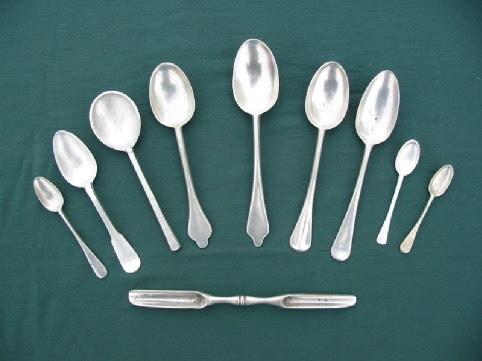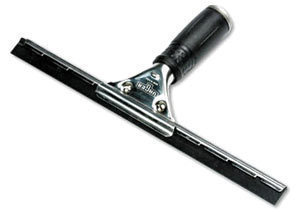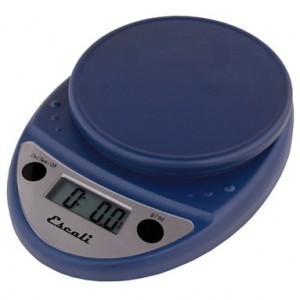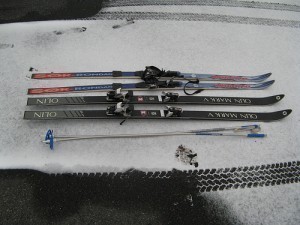Fishing Line Size Guide
Because the angling is crucial, the fishing 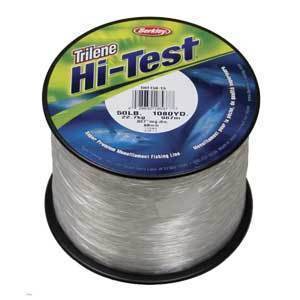 line sizes have to be considered by anyone who wants to go fishing. The following info may also prove useful.
line sizes have to be considered by anyone who wants to go fishing. The following info may also prove useful.
Fishing Line Dimensions
The diameters of the PowerPro fishing line are the following: for the 8 pound it is 0.005 inches in diameter, while for the 10 pound it is 0.006 inches in diameter. For the 15 pound, it is 0.008 inches in diameter and for the 20 pound it is 0.009 inches.
For 30 pounds it is 0.011 inches and for the 50 pound it is 0.014 inches. For the 65 pounds, it is 0.016 inches in diameter; for 80 pounds it is 0.017 inches and for 200 pounds it is 0.030 inches.
If you’re using monofilament and want to replace them, the suggested PowerPro fishing line sizes are the following. For the 2 to 6 lb monofilament, replace it with the 10 lb PowerPro; for the 6 to 8 lb monofilament, the 20 lb PowerPro is ideal. For the 8 to 12 lb type, the 30 lb PowerPro is suitable while for the 12 to 20 lb monofilament it is the 30 lb PowerPro fishing line.
Note: the PowerPro fishing line is just one type. Check with the manufacturer for their fishing specs and how they compare with the monofilament lines.
Types of Fishing Lines
The earliest known fishing line sizes and types were constructed out of leaves, silk or horse hair. Around the 1850s, factories started manufacturing them in great numbers. They were made out of cotton, linen or silk.
Contemporary fishing lines however, are made out of synthetic materials. Among the substances used are polyethylene, polyvinylidene fluoride and Dacron and Dyneema. By far the monofilament is the most widespread. Although there are commercial types available, it’s still preferred by fishermen because it can withstand heavy loads.
But there are now other materials emerging, including the fluorocarbon, copolymers or a fusion of the two.
The fluorocarbon line is comprised of fluoropolymer PVDF. One of its advantages is its refractive quality. This means that whatever the fishing line size is used, it won’t be obvious to the fish. The fluorocarbon fishing line is suitable for anglers who want to keep the bait near the bottom without resorting to large sinkers.
Other Kinds of Fishing Lines
The thermally fused lines are called superlines due to their small diameter. In spite of its small size, the material is much stronger than monofilament lines. Braided fish lines are also available in a variety of sizes as well.
The fly line is made of durable monofilament core encompassed in water-resistant sheath (usually PVC). With floating fly lines, the PVC is fitted with air bubbles. For additional buoyancy the line may be equipped with lubricants.
Every fly line has a fluorocarbon fishing line (or monofilament). In most cases, the end is tapered. The size specs are labeled as 2x, 4x, 6x and so on.
These fishing line sizes and types are just an overview. Wire lines, tenkara lines and others all have specific properties and dimensions that differ from other fishing lines.
